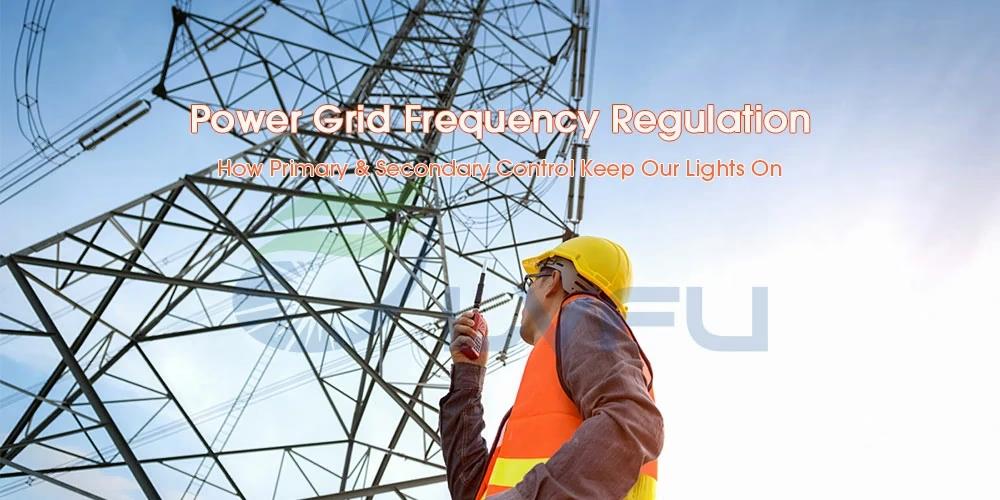
The Silent Guardian of Your Electricity:Frequency Regulation
Behind the simple act of flipping a switch lies an intricate dance of balance and control. This is the world of frequency regulation – the technology that silently maintains our power grid’s stability. Why does this matter? Because without it, our electrical devices would malfunction, and widespread blackouts could become commonplace.
Simply put, frequency regulation balances electricity generation with consumption, keeping the grid frequency within that safe, familiar range – whether it’s 50Hz in China or 60Hz in the United States.
Primary Frequency Regulation: The Grid’s First Responder
When the grid’s frequency suddenly changes, primary frequency regulation acts as the emergency first responder. Generators automatically adjust their power output within seconds, without waiting for any external command.
Think of what happens when a large factory suddenly powers up its machines. This instant demand surge would cause frequency to drop. Fortunately, primary frequency regulation kicks in immediately. Essentially, this system provides that crucial ultra-fast response that prevents momentary fluctuations from spiraling into major equipment damage or cascading outages.
Secondary Frequency Regulation: The Precision Restorer
However, some frequency problems are too persistent for primary control alone. That’s where secondary frequency regulation takes over. When fluctuations last longer or are more severe, the grid’s dispatch center sends commands to multiple power plants, carefully coordinating their output over several minutes to restore the frequency to its exact normal value.
For example, if a power plant unexpectedly goes offline, primary control stabilizes the initial drop, while secondary control methodically brings the system back to perfect balance.
How These Systems Work Together for Grid Safety
Together, these two systems create a robust defense for our power supply. Specifically, primary frequency regulation acts as the shock absorber that prevents instant, extreme frequency swings. Meanwhile, secondary frequency regulation ensures that smaller fluctuations don’t persist and gradually undermine the entire system’s stability.
Ultimately, this one-two punch of rapid response followed by precision correction is what keeps our lights steady and our electronics safe from harm. That’s why grid operators constantly monitor and fine-tune both systems – because when it comes to electricity, stability is everything.

